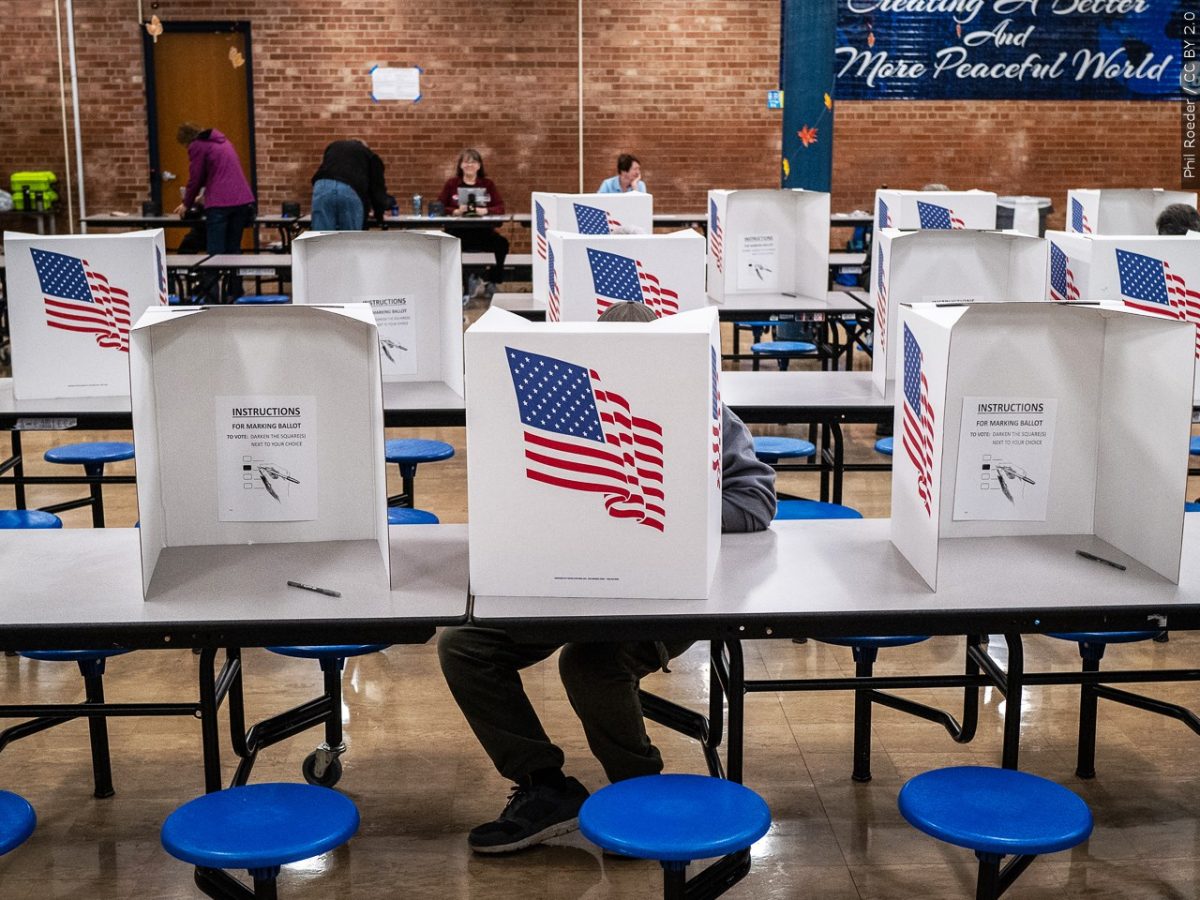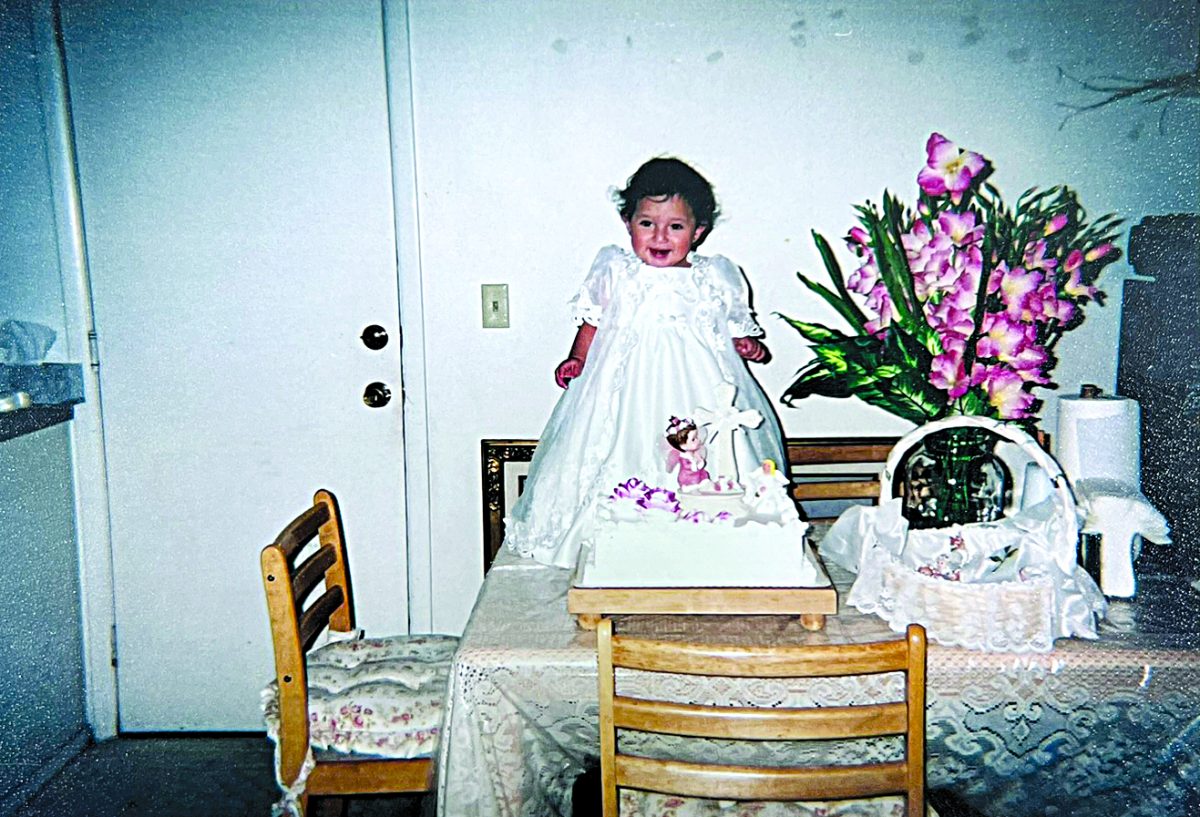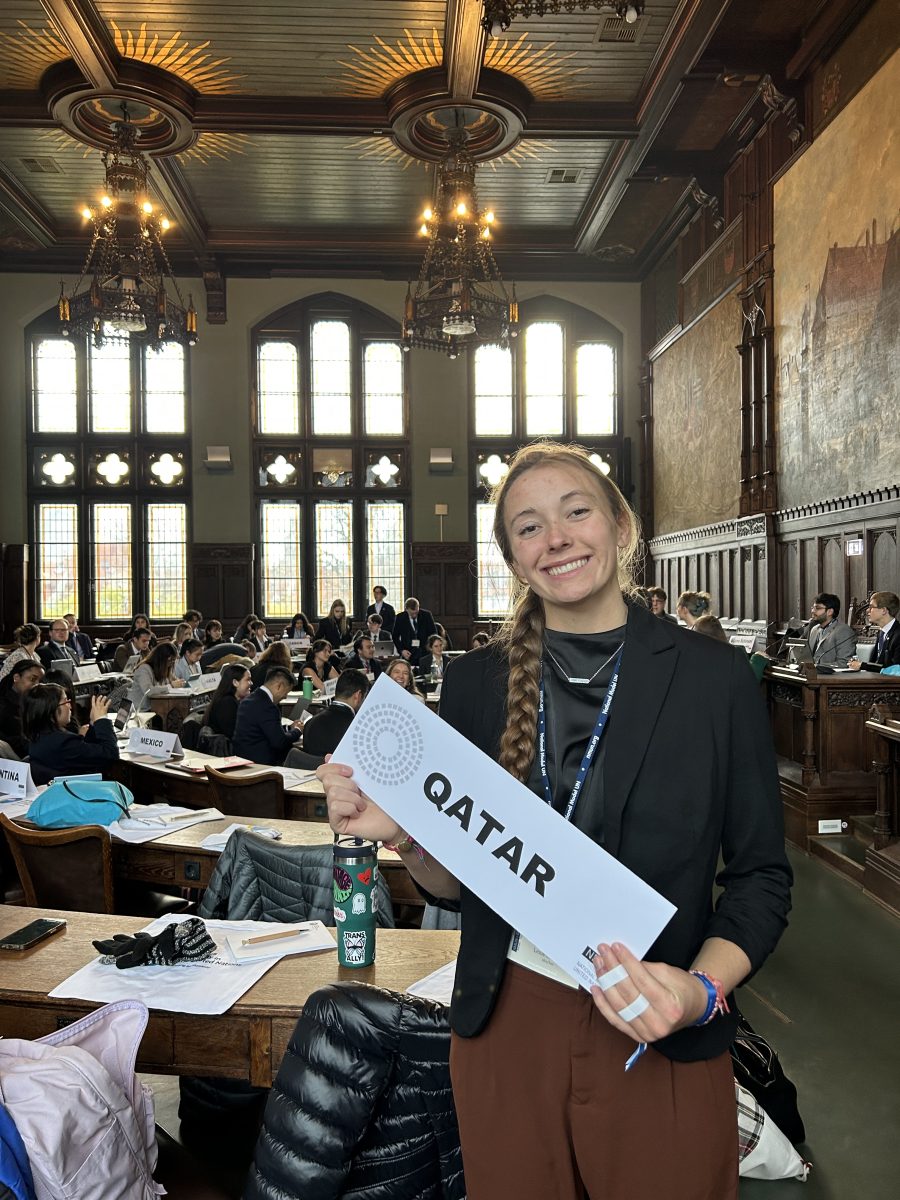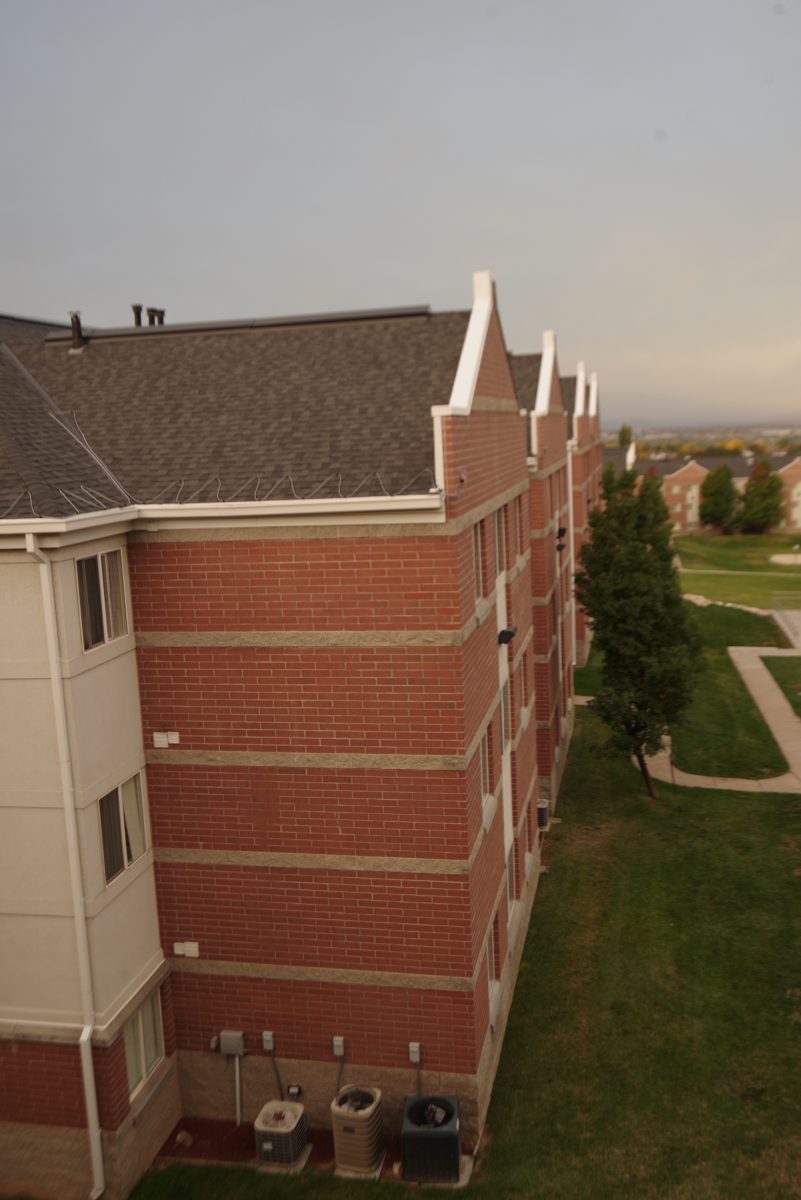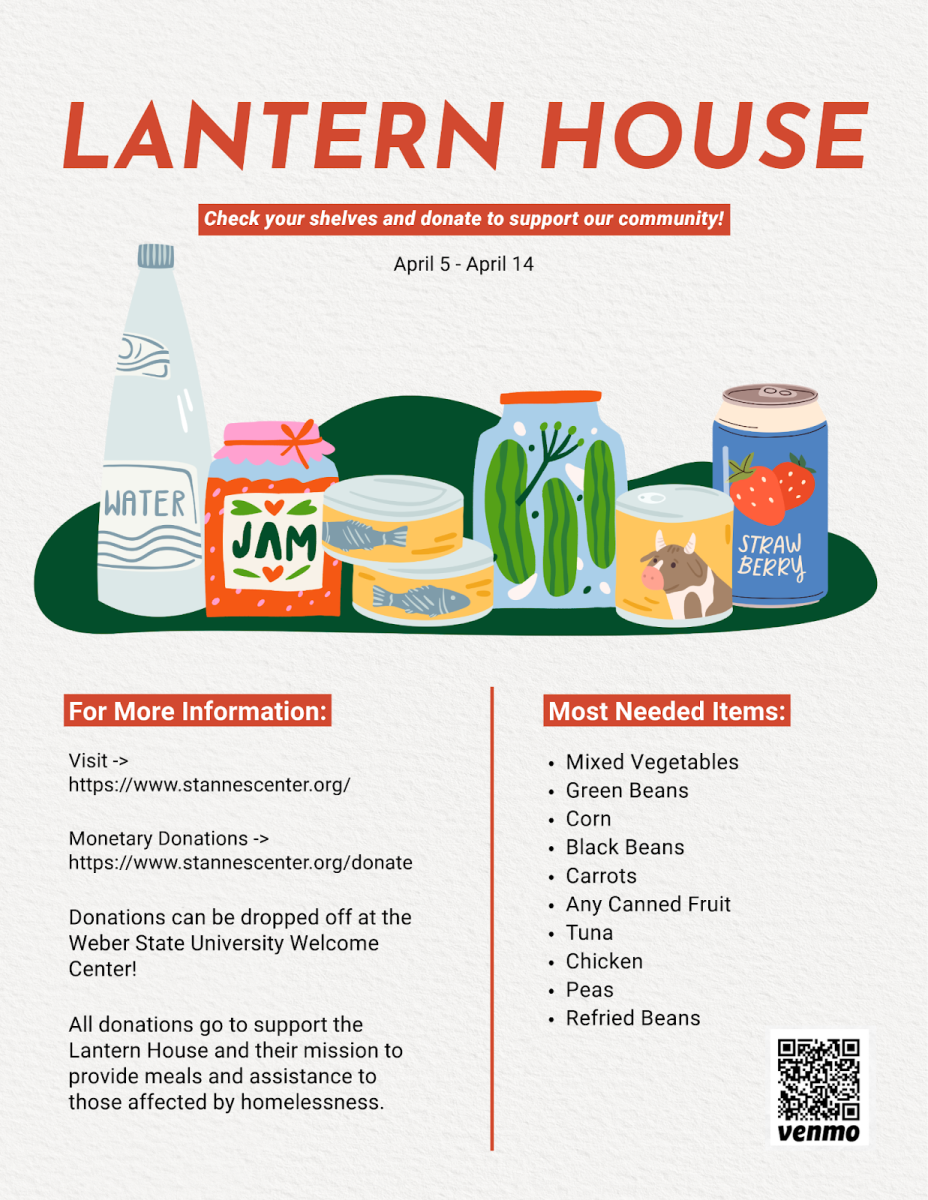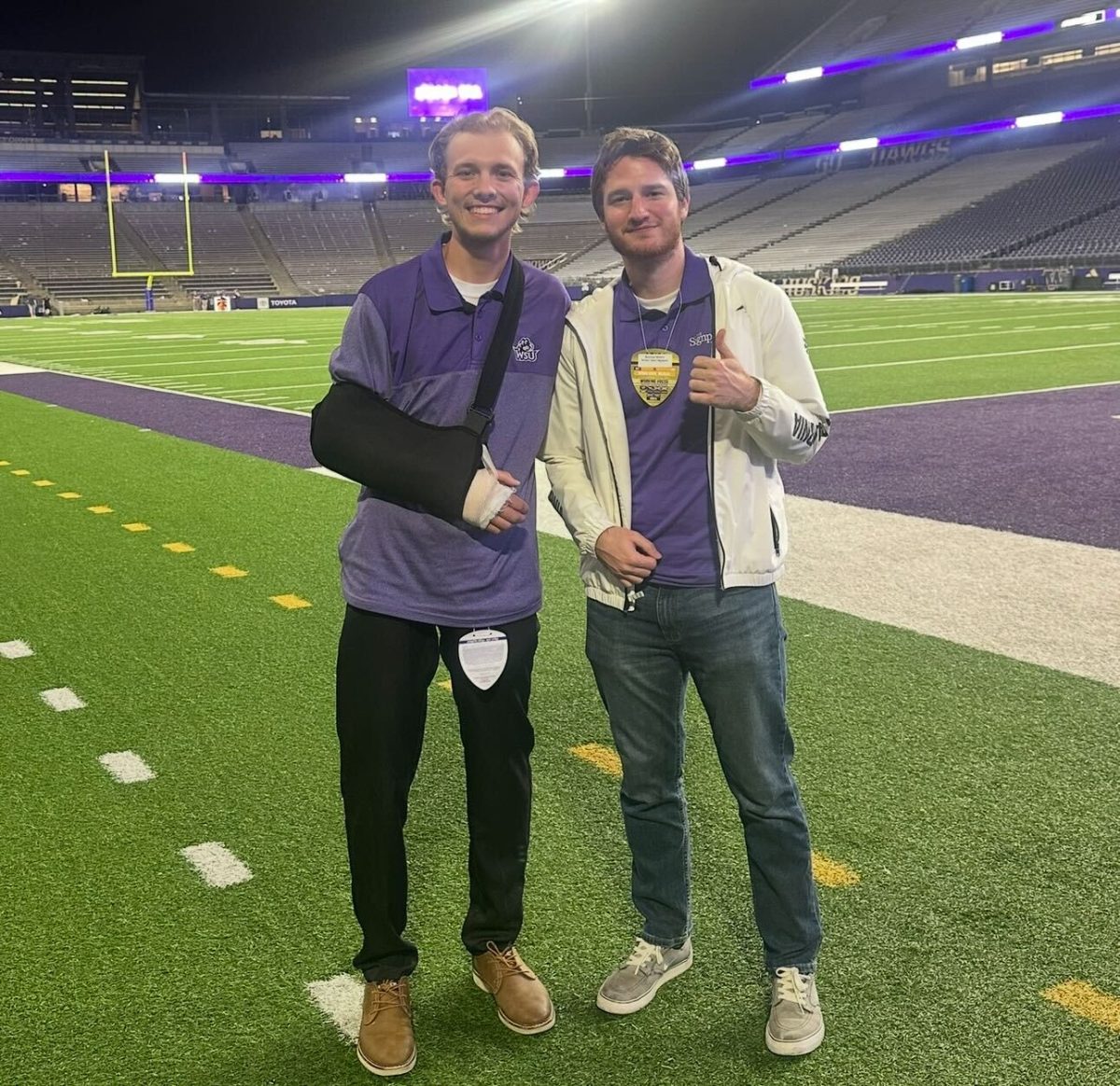Living in a world of near-instant communication can have its drawbacks. I think we all have heard at least once about how technology like text messages and Facebook are disintegrating privacy and personal relationships and curse that Internet and its video games for all its bad influence on children. But this technology can also be an irreplaceable benefit. Especially in disasters.
In the days leading up to Typhoon Yolanda, known as Typhoon Haiyan to the rest of the world, my mother’s family here in the United States watched its progression toward their home country of the Philippines. From real-time data on the Internet and on TV, we were able to see days before the typhoon hit that the islands where the bulk of our family and friends live would be in the direct path. In that sense, technology was both a blessing and a curse. We knew ahead of time that our family would be in harm’s way, that the eye of the typhoon would cross either over or very near to where they live. It certainly drove up those fear and dread levels. But at the same time, we were able to prepare.
In the hours before the typhoon made landfall, our families called and texted back and forth to keep us updated. In the past, this might have been too expensive or nearly impossible, but with better phone service and Internet calling options, it was cheaper, easier and thus more frequent. I think some of my mom’s anxiety was relieved a bit by having access to such instant communication to check up on her sister, brothers and the rest of our family. I suspect it likely helped my aunt as well. Her older children live here in the United States, but her younger children live with our cousins in the Philippines, because legal immigration is much more difficult than many people are willing to believe, and it often separates families. She was able to keep in touch with her children as often as they could manage.
For all the grief technology might cause in everyday lives, when used correctly, it’s something that can benefit so many people. Of course, when we don’t instantly get communication, we start to worry, and it almost seems to make the situation worse. One of my cousins was lucky enough to live with my aunt’s family in an area of the Philippines that was not as badly damaged as others. Her sister, however, lived with her family in Tacloban, the city making headlines as one of the heaviest damaged, with an expected death toll of 10,000. All forms of communication were all but wiped out, and my cousin was desperate for news from her sister. It wasn’t until late Sunday that a friend finally managed to get a text through to her, saying that her sister and her family were one of the lucky ones. In past years, that news might not have reached her for many more days.
My mom, however, is still waiting on news from her aunt, who also lives in Tacloban. If she made it through, we’ll find out eventually. If she didn’t, we’ll likely never see the body.
So why am I sharing these stories, interlaced with praise for the great wonder of technology?
When disasters hit, it’s easy to be detached from a situation if all you see are numbers and unfamiliar names. It’s much less easy if alongside those numbers and words are pictures, video, audio and stories. With the aid of technology, we are able to not only communicate with the people we care about, but also with the rest of the world. Before the typhoon had even passed, international organizations and countries were already gearing up and sending out relief. They posted pleas for donations and help through online news outlets and emails. Friends and families flooded social networks with donation links and encouragement to spread the word. Each was accompanied by stories and images. Each was made a little more real, a little more human.
We share these stories to appeal to others’ humanity. When disasters happen on the other side of the world, country or even state, sometimes that human side can get lost, but technology is there to bring it right back. So here’s one more story to add to this disaster, one more appeal for donations, signal boosting or even just reflection. Appreciate the technology you have. And when disasters come up, consider giving in to emotional appeals for help, even if it’s just spreading the word. One day, it might be you or your family reaching out.


